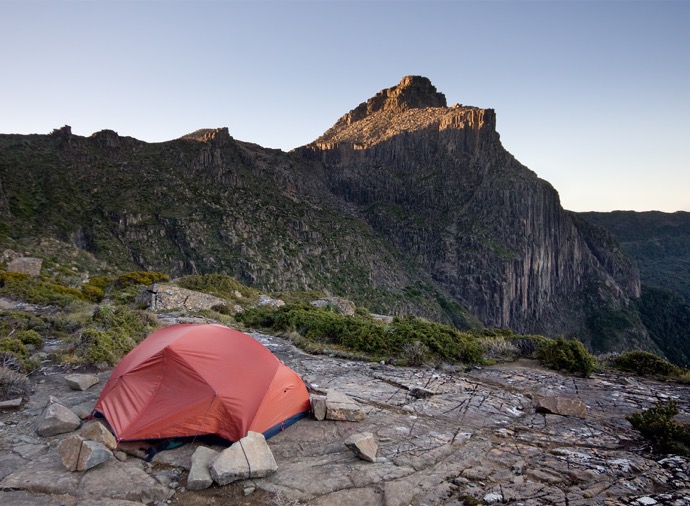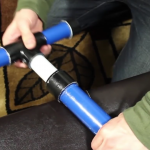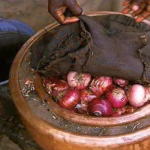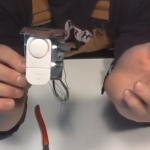Back to Basics: Hit the Ground Running in Wilderness Survival Situations
With all of the tips, tricks and tools available, it’s really easy to complicate the simple when it comes to getting established in the wilderness. It’s important to remember to focus on the three basic aspects of wilderness survival before spending too much time on other projects. Let’s take a look at each one, and ask yourself whether or not you’ve mastered them.
Water

You should have a minimum of three plans in place with respect to how to collect and purify water. Keep in mind that the best sources of almost-pure water come from snow, rain or plants. Plants provide water through the process of transpiration. This is when they release moisture as temperatures fluctuate throughout the day. Capturing this water can give you a small, but steady supply with minimal effort. All you need to do is find a way to tie a large plastic bag around a portion of the plant, wait for moisture to condense and then pool on the bottom. The more plants you use, the more water you get.

Once you’ve identified three ways to obtain water, you need to focus on purification and storage. Boiling is the most effective, but purification tablets work almost just as well. Remember that improvised filtration systems may not remove all of the bacteria and other impurities that can make you sick. Consequently, it’s important to be in a position where you can boil or drop some tablets into water. You’d be surprised to know that many people get stranded in the wilderness without basic supplies because they didn’t prepare ahead of time. Makes sure that you always have a packet of tablets on hand just in case.
Fire

There is no shortage of tricks when it comes to building a fire. However, knowing which methods to use under different circumstances is important. You may be in a dry climate where starting a fire can be done with a lens from a pair of glasses. You may be in a rainy or very moist climate where wood is soaked and difficult to ignite. There are some situations when using wax-coated matches or other fire-starting techniques may not work without a small supply of kindling. Be practical, consider where you will be going and prepare accordingly so you can start a fire with minimal difficulty.
Shelter
Surprisingly, shelter is the one thing that people tend to consider the least until they are in the middle of a survival situation. While it is good to know how to make tents out of tarps, or build makeshift canopies and supports from wood, branches and forest debris, it’s also important to pack a suitable tent if you plan on being in or near the woods. Tents can be as light as a pound and fit in a pouch the size of your first aid kit, or they could be complicated and bulky air-filled contraptions that inflate in seconds. Choose a tent that is suitable for the environment you may find yourself in and one that requires minimal effort to set up or transport.
Another thing that people commonly overlook is where they should set up camp. Some locations that seem perfect may be prone to flooding, near insect nests or in territory that is closely-guarded by predatory animals. Make sure that you consider these and other factors that can impact your safety.
Remember to adapt your preparedness strategies every time you are heading into a different environment. Paying attention to the basics is the best way to avoid having to improvise your way through a survival situation. While those skills do come in handy, the trick is to not have to use them whenever possible.














